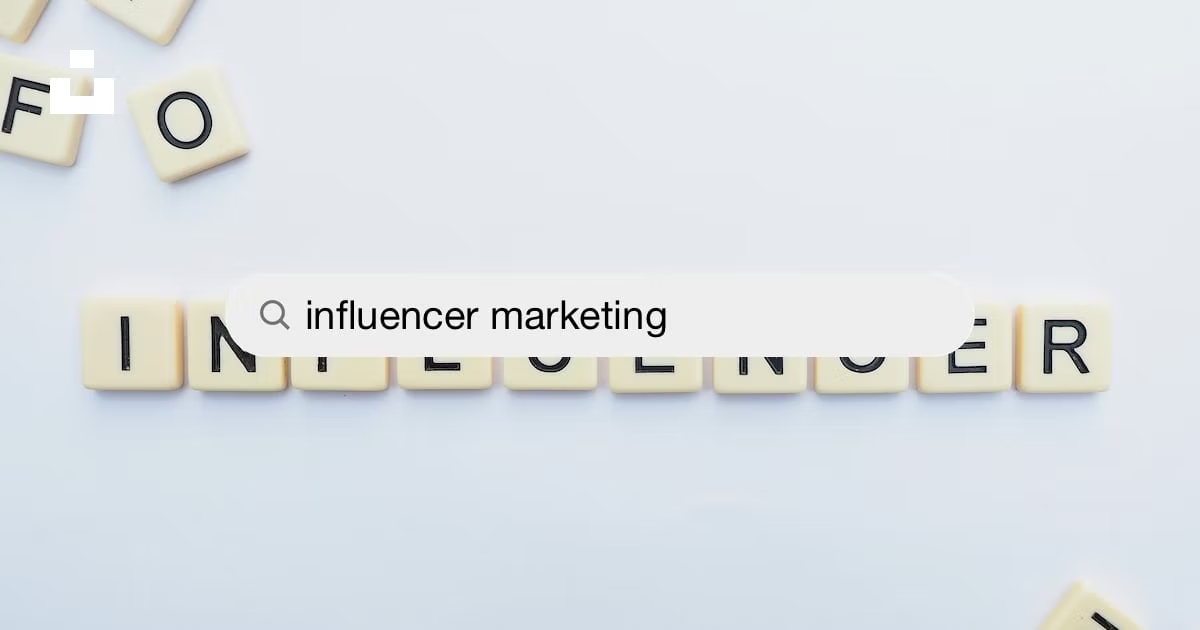
5 influencer marketing myths debunked
Influencer marketing has become an increasingly popular way for brands to promote their products and services with influencers. Despite the projected growth of influencer marketing to exceed $15 billion by 2024, there are still plenty of influencer marketing myths and misconceptions about working with influencers. Some believe that working with influencers is excessively expensive, while others doubt the effectiveness of collaborating with Nano or Micro-influencers. In order to distinguish between truth and falsehood, we will be dispelling five prevalent myths about working with influencers. Read along to explore how we debunk five of the most common myths about working with influencers.
Myth #1: Working with influencers is expensive
One of the most common misconceptions about working with influencers is that it’s always expensive. While it’s true that some influencers with large followings can command high fees, there are plenty of smaller influencers who are willing to work with brands on a budget. Additionally, many influencers are willing to work on a performance-based model, where they receive a commission for sales generated through their unique affiliate link.
Myth #2: Influencer marketing is only for big brands
Another common myth about influencer marketing is that it’s only for big brands with huge marketing budgets. In reality, influencer marketing can be just as effective for small and medium-sized businesses. In fact, working with micro-influencers (influencers with smaller followings) can be particularly effective for smaller brands with niche audiences.
Myth #3: Influencer marketing is only for B2C companies
While influencer marketing is often associated with B2C companies, it can be just as effective for B2B companies. In fact, working with industry influencers can be a great way for B2B companies to build their brand and generate leads.
Myth #4: Influencer marketing is only effective for certain industries
Some people believe that influencer marketing is only effective for certain industries, such as fashion or beauty. While it’s true that these industries have been early adopters of influencer marketing, there are plenty of other industries where influencer marketing can be effective. For example, influencer marketing has been successful in industries as diverse as travel, food and beverage, and even financial services.
Myth #5: Influencer marketing is easy
Finally, one of the biggest myths about working with influencers is that it’s easy. In reality, working with influencers can be a complex and time-consuming process. Finding the right influencers, negotiating contracts, and tracking results all require careful planning and execution. Additionally, influencer marketing is a constantly evolving field, so staying up-to-date with the latest trends and best practices is essential for success.
Conclusion
While there are certain myths and misconceptions surrounding working with influencers, it’s clear that influencer marketing can be a highly effective way for brands to reach their target audience. Now that you know the common myths surrounding influencer marketing, you can stop believing them. Also, by knowing the myths are baseless, and understanding the realities of working with influencers, brands can make informed decisions. Therefore, build successful influencer marketing campaigns.
